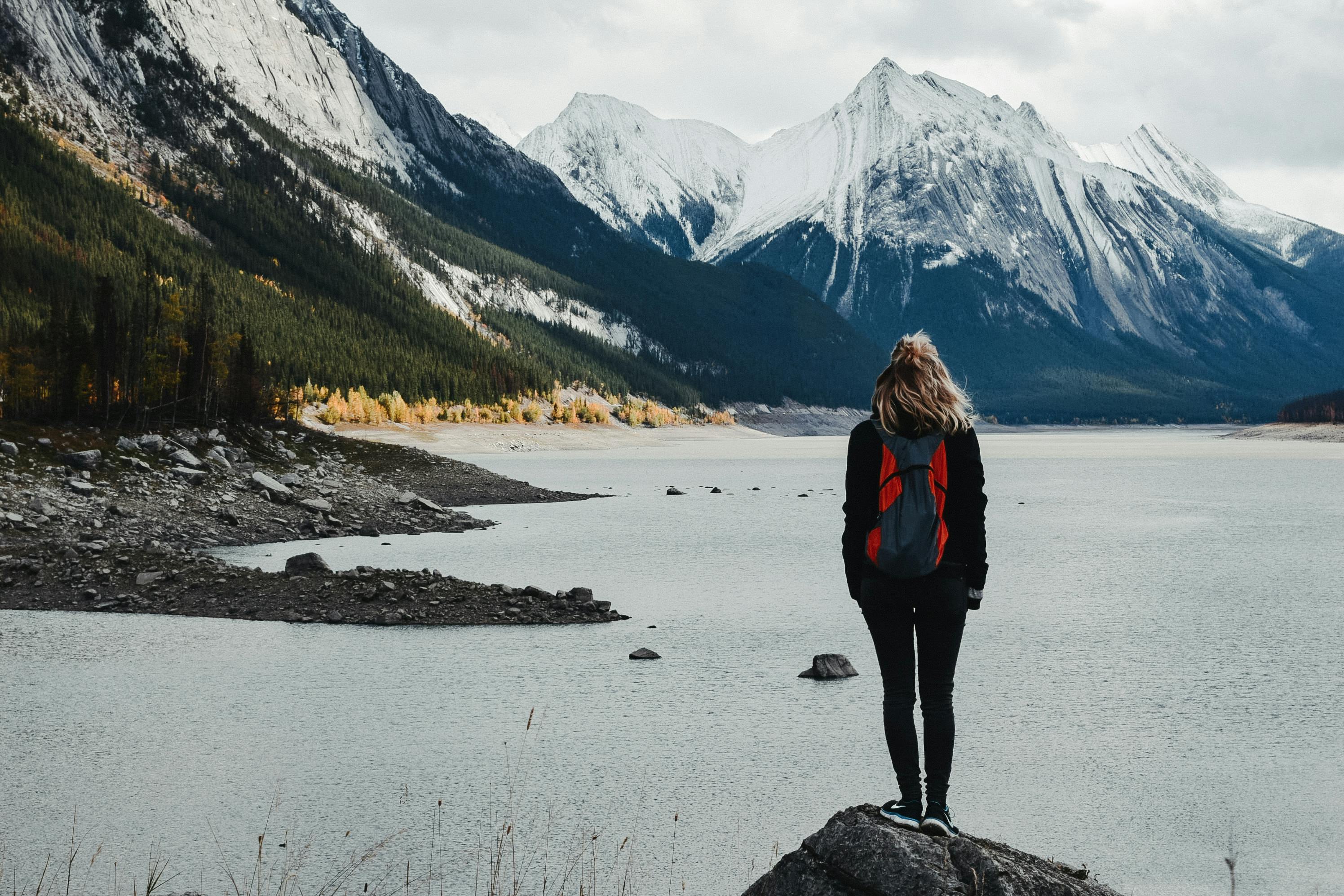Fredericksburg Virginia has a long and distinguished history, it has a very important place in the formation of the American experiment. Along with that, Fredericksburg # 4 Masonic Lodge, Free and Accepted Masons contributed more than likely any other Masonic Lodge in America.
Its first recorded meeting was on September 1, 1752, with 13 members present. The record book still exists today and is in the possession of the lodge.
Throughout the years, the lodge has had many homes, beginning in 1756 it met in a tavern on the northeast corner of Amelia and Caroline streets. This tavern at the time was owned by a member, Charles Julian.
Finally, on April 4, 1757, the Lodge obtained a Charter from the Grand Lodge of Scotland for the sum of seven pounds. Former teacher Daniel Campbell filed the petition in Edinburgh, Scotland. On July 21, 1758, the Grand Lodge of Scotland issued a formal Charter for “The Lodge at Fredericksburg.” The Scottish Charter recognized that the members of the Lodge at Fredericksburg was a Regular Lodge of Free and Accepted Masons and was “constituted, erected and appointed with the … aforementioned Brethren and their Successors … a Just, true and regular Lodge. Free and Accepted Freemasons “. The Scottish Letter, absorbed in the best quality parchment, still exists and is in the possession of the Lodge.
In 1762, the meetings moved to the Market House, which was located on the southwest corner of William and Caroline streets. The brothers were able to make this their home for many years.
The lodge was probably made up of men who had been made Masons elsewhere, it will probably never be known if there was any prevailing authority except loyalty to the office. At that time there was great Scottish influence in the area and many of the early members carried Scottish nicknames.
Before 1816, Freemasons normally met in taverns in what is now called Old Towne. The Masons first raised money and built a building for a Masonic school and Lodge. The second floor was used as a hostel hall and the first floor was to be used as a school.
During the Civil War, the building was turned into a hospital, so many of the records and artifacts were destroyed. Due to the service of its many members, more than a few prominent Fredericksburg buildings have Masonic cornerstones.
The first independent Grand Lodge of North America was established in 1777-78, when the Fredericksburg Lodge joined with several other lodges to create the Grand Lodge of Virginia. Brother George Washington of the Fredericksburg Lodge was asked to serve as its first Grand Master. At this time, however, he was busy defeating the British Army, so he declined the honor.
Finally, in 1786, the Grand Lodge assigned numerical designators to its various subordinate lodges, and the Fredericksburg Lodge was designated Fredericksburg Lodge No. 4.
Fredericksburg Lodge No. 4 has given more Grand Masters to the Grand Lodge of Virginia than any other lodge. These eight include:
Judge James Mercer (GM 1784-86)
Governor Robert Brooke (GM 1795-97)
Elder Benjamin’s Day (GM 1797-1800)
Hon. Oscar M. Crutchfield (GM 1841)
Judge Beverley R. Wellford, Jr. (1877-79)
Captain SJ Quinn (GM 1907-08)
Philip K. Bauman (GM 1914-15)
Edward H. Cann (GM 1958-59)
The Virginia Letter of 1787 written on very fine parchment, pasted on coarse linen still survives. It is in the possession of the Grand Lodge of Virginia at Richmond.
Fredricksburg Lodge claims that many notable men among its members, most of the mayors of Fredricksburg have been members, many leaders of the Revolutionary and Civil War, also Grand Masters, but they are probably most proud of the fact that General George Washington was one of the early members.
Brother George Washington
Freemasons are proud to claim the father of their country as one of their own. George Washington was initiated into Freemasonry at Fredericksburg Lodge on November 4, 1752. He passed to the second degree on March 3, 1753; and raised to the third degree on August 4, 1753. The Bible used in these ceremonies remains in the possession of the Lodge, along with several other relics from Washington. Washington then left to fight in the French and Indian War, after which he moved to Northern Virginia. He remained a loyal member of Fredericksburg No. 4 until his death.
Among the many attributes the Lodge established it became what is probably America’s oldest Masonic cemetery in 1784 and, with the help of the James Monroe Memorial Library and Museum, maintains it to this day. Buried are many Revolutionary War heroes, generals, diplomats and millionaires.
After acquiring its own building at 803 Princess Anne Street in approximately 1815, the hostel hosted a grand reception for the Marquis de Lafayette in 1824 and made Lafayette an honorary member.
During the Battle of Fredericksburg in December 1862, Union troops ransacked the building taking much of the property, fortunately left behind Gilbert Stuart’s portrait of George Washington. In true Masonic fashion, many of the items taken came from veterans during the following years.
Over the years, many Masonic cornerstones have been laid in the Fredericksburg area. Rappahannock Canal Basin, Baptist Church, Confederate Cemetery, Shiloh Baptist Church, Mary Washington Monument, and many others. IN 1848 Fredericksburg Lodge was also depicted in the laying of the cornerstone of the Washington Monument in Washington DC
As you can see, Fredericksburg Lodge is steeped in history, they and any lodge can only continue to grow if they move forward in time by reminiscing about the past and building on time-worn traditions.
